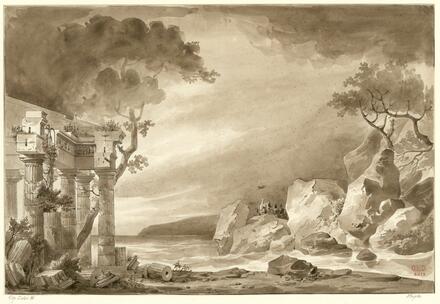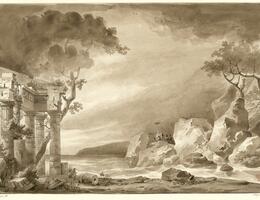Sapho

Opéra en 3 actes créé à l'Académie royale de musique de Paris.
Reicha employed an innovative dramatic approach for Sapho, his last lyric work (1822). For a start, he introduced certain picturesque touches into this opera, which is set in Sicily and features a barcarolle, as well as a sicilienne in the divertissement of the second act. The presence on stage of a mandolin, imitated by a solo pizzicato violin, is another “characteristic” element. The wide variety of instrumental colours is also surprising, as is the seraphic atmosphere of the last act which, with a harmonica and two harps, forms a striking contrast to the sombre colours of the first act, in which the pirates who snatch the poetess’s lyre are associated with trombones and timpani. The writing of the choruses, in particular, illustrates a development. The scene with the pirates, for example, inspired by the one in Gluck’s Orphée, shows, by its highly modulatory tonal plan, the new importance accorded to the choruses which, although “static” in Gluck’s work, are more involved in the action here, adding a new dimension to the work: this was already the style of vocal writing found in French grand opera. In Sapho, Reicha therefore embodies “the modernity of the French style of his time and [anticipates], transcending the prevailing Rossini-ism of the 1820s, the style of vocal writing that became the norm in the genre of French grand opera. […] Although he might not have been the founder of French grand opera […], Reicha paradoxically ended up becoming its quasi-theoretician.” (Emmanuel Reibel). The premiere was, however, not a success and the work was dropped after 12 performances.

